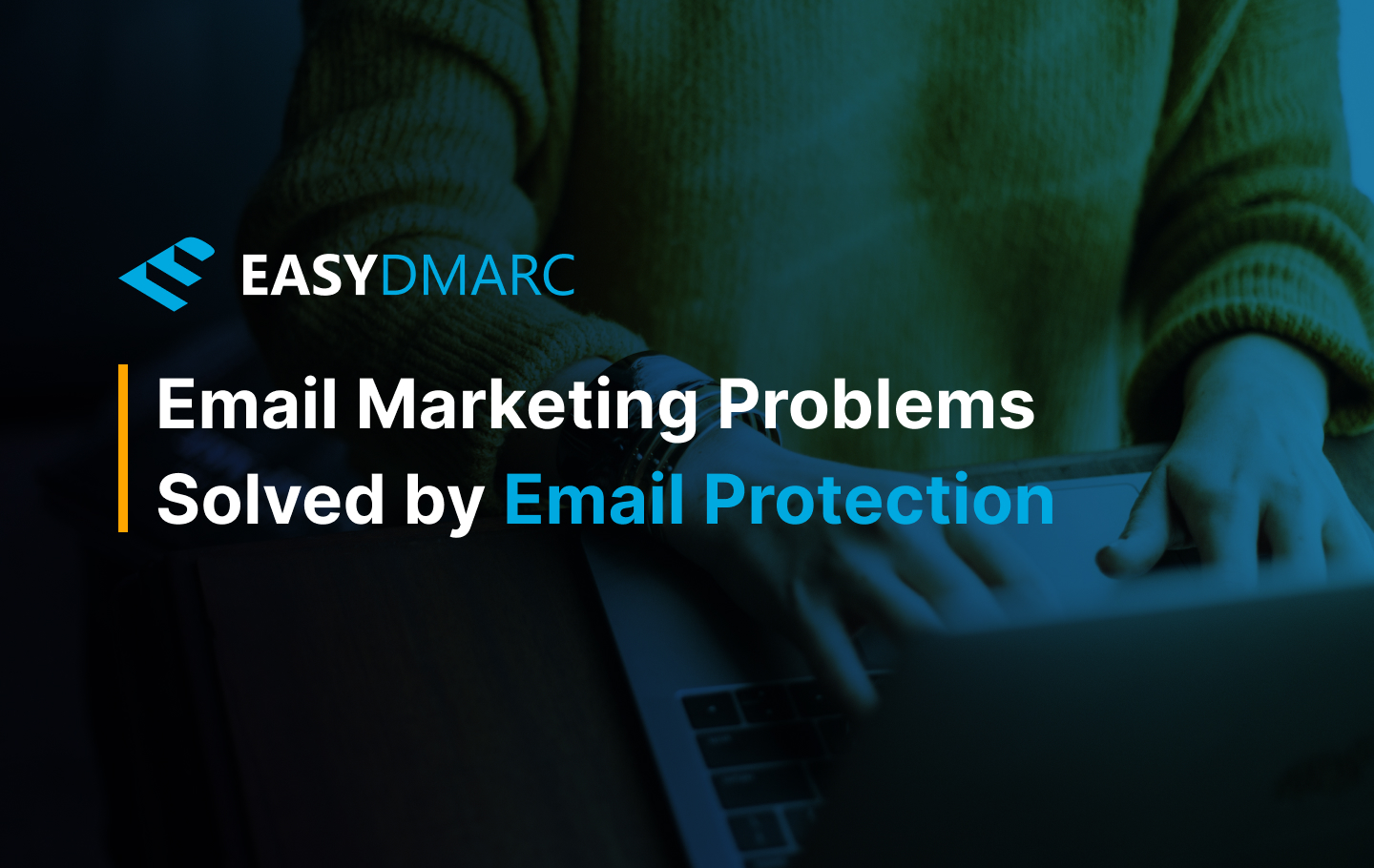Email is one of the most popular and efficient marketing tools for businesses. Even with the advent of social media platforms and messaging apps like Whatsapp, email is still the most preferred means of communication with clients and business associates. It’s not without its challenges, though. Just like other communication tools, organizations can encounter several problems with email marketing.
Electronic mail contains sensitive user information that hackers can use to harm users and businesses. Fortunately, you can avoid emailing problems with adequate security.
This article walks you through the different email marketing problems that can be solved with email protection.
Brand Recognition and Trust
Brand recognition and trust are key to a successful business. Today, consumers have countless choices when it comes to spending their hard-earned money. But they stick with brands they trust.
Cyber actors can exploit this trust to defraud loyal customers, and when they do, your email marketing strategies will no longer be effective. That’s why organizations must find a way to authenticate their emails.
Brand Indicators for Message Identification (BIMI) is an email standard that displays a company’s authenticated logo on emails sent to the recipient’s inbox.
Brands that have reached full DMARC compliance can apply for the Verified Mark Certificate (VMC) and successfully configure their BIMI protocol. It helps prevent email spoofing and ensures that the emails from your organization are legitimate.
Improved Email Deliverability
Email deliverability is the bedrock of email marketing. Sending emails to your client isn’t enough; your messages must reach their inboxes.
Organizations aim to improve deliverability to increase conversion rates and sales. Proper Sender Policy Framework (SPF) and DomainKeys Identified Mails (DKIM) records in your Domain Name Server (DNS) can increase your email deliverability rate.
SPF implementation prevents spammers from using your domain. By adding this protocol to your domain name server, only authorized IP addresses can send emails on your behalf. After that, you can implement DKIM to help your domain build a great sending reputation with ISPs, improving email deliverability.
DKIM prevents email modification by linking the digital signature to the domain name in the DNS. In addition to SPF and DKIM, organizations should also implement DMARC (Domain-based Message Authentication Recording and Conformance) to ensure source verification and alignment.
SPF and DKIM only authenticate the return path domain, ignoring the FROM address. The DMARC alignment method fills this gap. It requires the FROM address to match the DKIM domain tag and the SPF return path. Implementing DMARC helps prevent email phishing and spoofing.
You can use DMARC to protect your organization’s email domain and prevent cyber actors from taking advantage of your businesses. Your customers and colleagues can verify whether an email is from your organization, which improves your brand recognition and trust. On top of that, it adds an extra layer of security to your email account.
Phishing and Spam Protection
Phishing and spam scams are popular email security threats. Spam is simply an unwanted message. Still, cyber actors can use it as part of a phishing attack to obtain sensitive user information like credit card details, passwords, bank details, and more.
Besides improving deliverability, SPF and DKIM protocols help you protect your clients from phishing and spoofing. They create enough transparency around your email infrastructure to indicate that your emails are trustworthy.
DMARC reports, on the other hand, provide you with more insight on who sends emails on a company’s behalf, giving you control over those emails.
Filter Your Outbound Emails
The Simple Mail Transfer Protocol (SMTP) is responsible for relaying outgoing mail between the sender and recipients. When cyber actors compromise your SMTP data, they can send viruses and malware to customers, damaging your business reputation and credibility.
You can protect your business’ reputation by filtering outbound emails to prevent email-borne threats from leaving your company’s network. Outbound email filters help you indicate if the sent email will be considered spam by a strict inbound one.
Educate Your Clients
One of the most effective email marketing security methods to prevent email fraud is cybersecurity awareness. Some malicious emails can still reach your clients’ inboxes – regardless of your email standards. You need to educate them about phishing links, which can steal their information or infect their devices with viruses and malware.
Organizations should create a client-education platform or a blog containing articles about identifying and preventing phishing attacks. In addition, you should always remind your clients that you would never request confidential information via emails.
Check Your Account Settings
Emailing problems sometimes originate from unidentified issues in your system. Businesses must regularly analyze their email account settings to confirm no breaches have taken place. Cyber actors can use compromised email accounts to access login information and customers’ email addresses. If you use digital signatures, always check for any malicious modifications.
Communicate with your customers immediately if you notice that your marketing emails have been compromised. Tell them to ignore any messages from your organization until you can solve the security issues with your email.
Final Thoughts
Organizations rely heavily on email marketing to gain new customers and communicate with existing ones. It’s vital to identify, prevent, and deal with any security issues with email before your organization’s reputation is damaged.
Implementing the methods mentioned in this email protection guide can help you prevent email-borne attacks. These precautions help keep phishing or spam emails out of your customers’ mailboxes and prevent business email compromise (BEC) in your organization.


